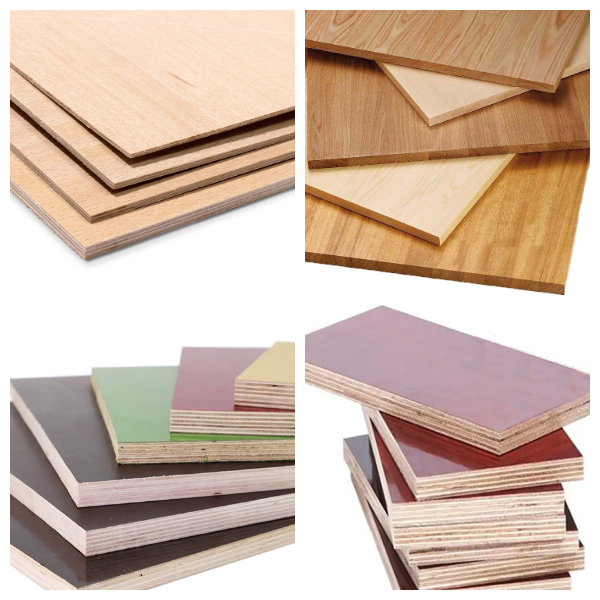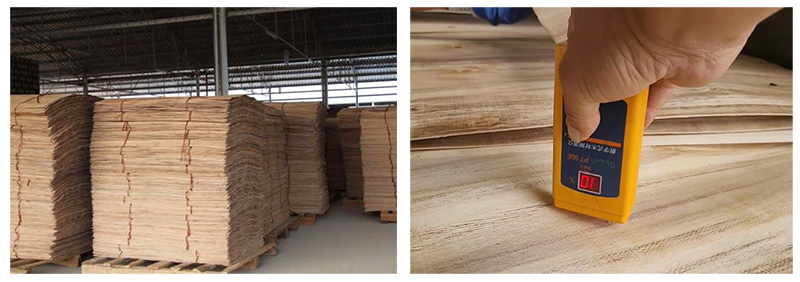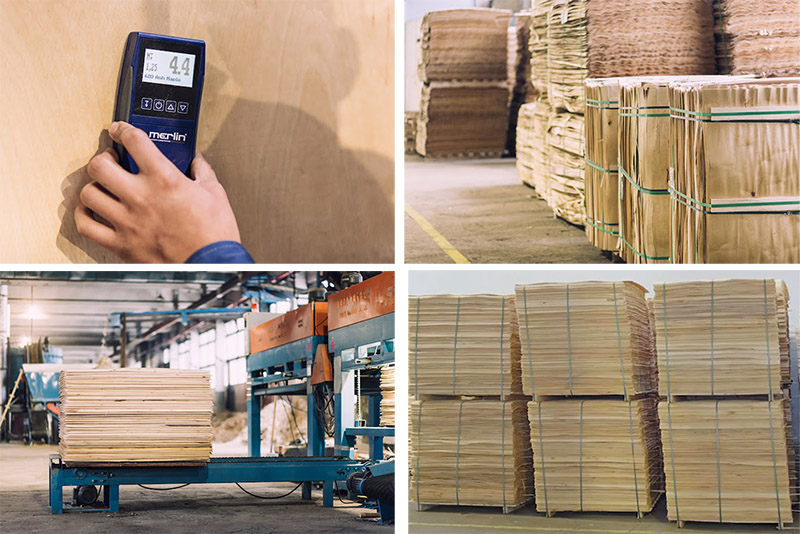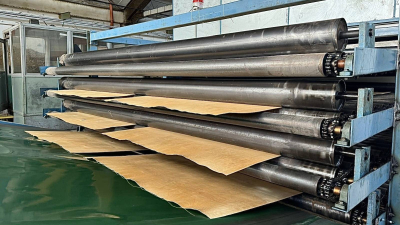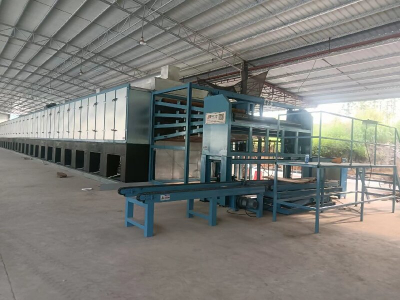Why Roller-Dried Veneer Excels in Plywood Production?
Plywood production is a precision-driven process, where the quality of each component directly impacts the final product’s strength, durability, and performance. Among these components, wood veneer plays a pivotal role, and its preparation—specifically drying—can make or break the manufacturing workflow. Roller dryers have become indispensable in this context, as they produce veneer uniquely suited to the demands of plywood production, streamlining processes and enhancing end-product quality.
A primary requirement for plywood-grade veneer is uniformity, and roller veneer dryers deliver this in spades. Plywood is crafted by gluing multiple layers of veneer together, with each layer’s grain oriented perpendicular to the next to maximize strength. For this lamination to succeed, each veneer sheet must be flat and straight. Roller dryers, with their consistent pressure and heat application, ensure veneer retains a flat and straight shape, preventing gaps or misalignments during gluing. Warped or uneven veneer, a common byproduct of subpar drying methods, often leads to weak bonds, air pockets, or uneven pressure during pressing—flaws that compromise the plywood’s structural integrity. Roller-dried veneer eliminates these issues, creating a solid foundation for strong, reliable plywood.
Moisture control is equally critical in plywood production, and roller veneer dryers excel here. Veneer with uneven moisture content can shrink or expand at different rates after lamination, causing the plywood to warp, crack, or delaminate over time. Roller dryers regulate heat distribution to achieve precise, uniform moisture levels across every inch of the veneer. This consistency ensures that during the gluing and pressing stages, each layer responds uniformly to heat and pressure, creating a tight, durable bond. The result is plywood that resists warping and maintains its shape even in fluctuating humidity—essential for applications ranging from construction to cabinetry.
The surface quality of roller-dried veneer further simplifies plywood production. With their smooth, burr-free finish, these veneers require minimal pre-processing before gluing. Rough or uneven surfaces can trap air or prevent proper adhesive contact, leading to weak spots. By eliminating burrs and ensuring a consistent texture, roller-dried veneer allows adhesives to spread evenly, maximizing bond strength and reducing the risk of defects. This not only improves the final product but also speeds up the production line, as less time is spent on sanding or correcting surface imperfections.
Cost efficiency adds another layer of value. When paired with furnaces that burn waste wood and bark, roller dryers significantly reduce energy costs. For plywood manufacturers operating on tight margins, this cost savings translates to lower production expenses without sacrificing quality. The combination of fewer defects, faster processing, and reduced energy use boosts overall efficiency, allowing manufacturers to produce higher volumes of premium plywood at a competitive cost.
In summary, roller-dried veneer is tailor-made for plywood production. Its flatness, straightness, uniform moisture, and smooth surface address the core challenges of lamination, ensuring stronger, more durable plywood while streamlining manufacturing processes. For producers aiming to deliver reliable, high-quality plywood, roller veneer dryers are not just a tool—they are a strategic advantage.

